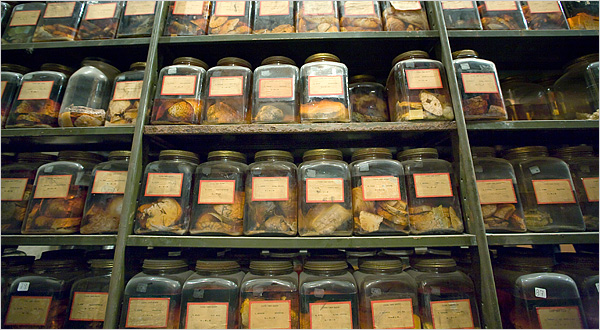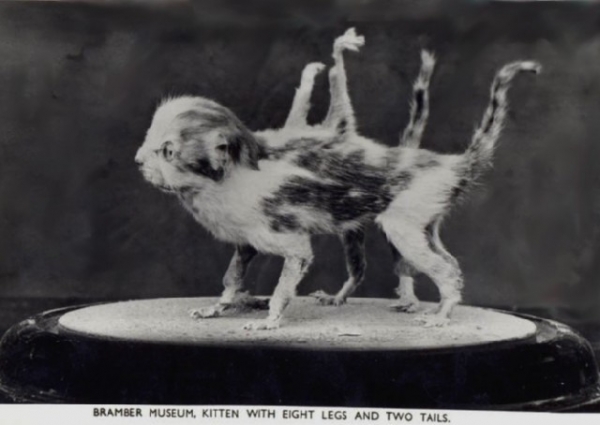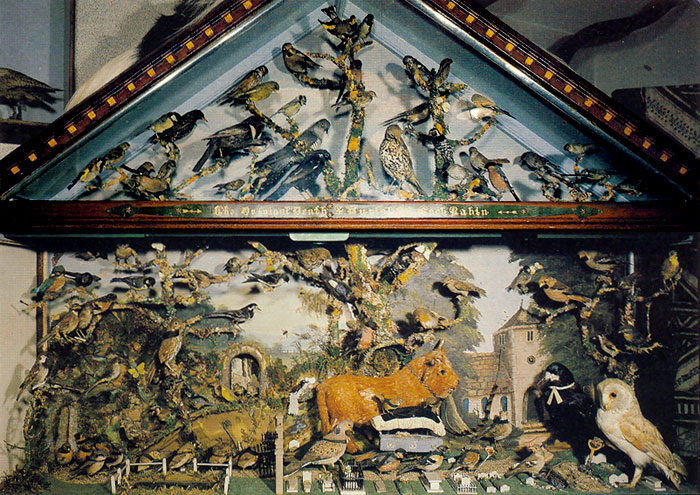









During the decade of the 1870s, three young women found themselves in the hysteria ward of the Salpetriere Hospital in Paris under the direction of the prominent neurologist Jean-Martin Charcot. All three — Blanche, Augustine, and Genevieve — would become medical celebrities. The stories of their lives as patients on the ward are a strange amalgam of science and religion, medicine and the occult, hypnotism, love, and theater. The illness they suffered from was hysteria. This disease was not an arcane preoccupation of the doctors that treated them, but an affliction that would increasingly capture the public imagination. Stories about hysterical patients filled the columns of newspapers. They were transformed into fictional characters by novelists. Hysterics were photographed, sculpted, painted, and drawn. Every week, eager crowds arrived at the hospital to attend Charcot's demonstrations of hysterics acting out their hysterical symptoms. And it wasn't only medical students and physicians who came to view the shows, but artists, writers, actors, socialites, and the merely curious. Hysteria had become a fascinating and fashionable spectacle. But who were these hysterical women? Where did they come from? What role did they play in their own peculiar form of stardom? And what exactly were they suffering from?
... To what degree their disease was socially determined and to what degree it was physically determined is impossible to say. If they showed up at a hospital today, suffering from the same symptoms, they would probably be diagnosed with schizophrenia or conversion disorder or bipolar disorder. They would undoubtedly be diagnosed with eating disorders because they had bouts of willful starving and vomiting. However, if these women were alive today, they might not have become ill to begin with and no doubt would suffer from other symptoms.
I am convinced that Blanche, Augustine, and Genevieve were neither frauds nor passive receptacles of a sham diagnosis. They really did "have" hysteria. Located on the problematic border between psychosomatic and somatic disorders, hysteria was a confusion of real and imagined illness. In an era without demons and before Freud's unconscious, hysteria fell into a theoretical vacuum...
Hysteria may be an illness of the past, but the medical and ideological notions of femininity that lie behind it offer insights into the illnesses of the present and the way they are perceived. And while modern medicine no longer talks about hysteria, it nonetheless continues to perpetuate the idea that the female body is far more vulnerable than its male counterpart... Why has my study of a disease that is no longer officially a medical diagnosis compelled me to collect information on these new disorders? Why do the lives of three women who lived more than a hundred years ago feel so relevant today and resonate so strongly with the lives of women who are my contemporaries?
--Excerpt from the introduction to Medical Muses: Hysteria in Nineteenth-Century Paris, Asti Hustvedt, 2011
I have long been on the lookout for a scholarly yet accessible book--in English!--that could answer my many questions about the 19th century phenomenon of hysteria as spectacularly manifested at Charcot's Salpêtrière Clinic (depicted in the painting above). Asti Hustvedt's newly-released
Medical Muses: Hysteria in Nineteenth-Century Paris--the cover of which you see above--has proven to be just the book I have been waiting for.
Hustvedt--whose memorable essays on hysteria and popular culture you might remember from the Zone
Decadent Reader--uses the stories of 3 of the great divas of the Salpêtrière stage as a framework to examine the history of Charcot and his clinic and to adeptly and compellingly tease out the taxonomically-troubling overlaps that make hysteria so fascinating. Her examination of these overlaps--which include science and art, mind and body, the clinic and the carnival, miracles and medicine, theatre and hospital, the mind and the body, the occult and the scientific--beautifully frame the central paradox of hysteria, its simultaneous
realness and
imaginariness, baffling to this "era without demons and before Freud's unconscious."
This book is sensitive, informative, nuanced, insightful, engaging (I read it in a day and a half!) and extremely thought provoking; it is well illustrated with many images from
Iconographie Photographique De La Salpêtrière (as seen in photos above) and provides a wonderful discussion of the relationship between these photographs and the understanding of the condition. It also provides a persuasive examination of contemporary maladies carrying on the hysterical tradition in a variety of ways.
This book is, to my mind, the long awaited perfect book on hysteria. For those of you with an interest in the topic, I simply cannot recommend this book more passionately!
You can find out more--and purchase a copy for yourself!--by clicking
here. You can also come pay it a visit at The Morbid Anatomy Library; more on that
here. You can read an extended excerpt of the book on the NPR website by clicking
here and can find out more about the Zone Books Decadent Reader by clicking
here.
Images:















































